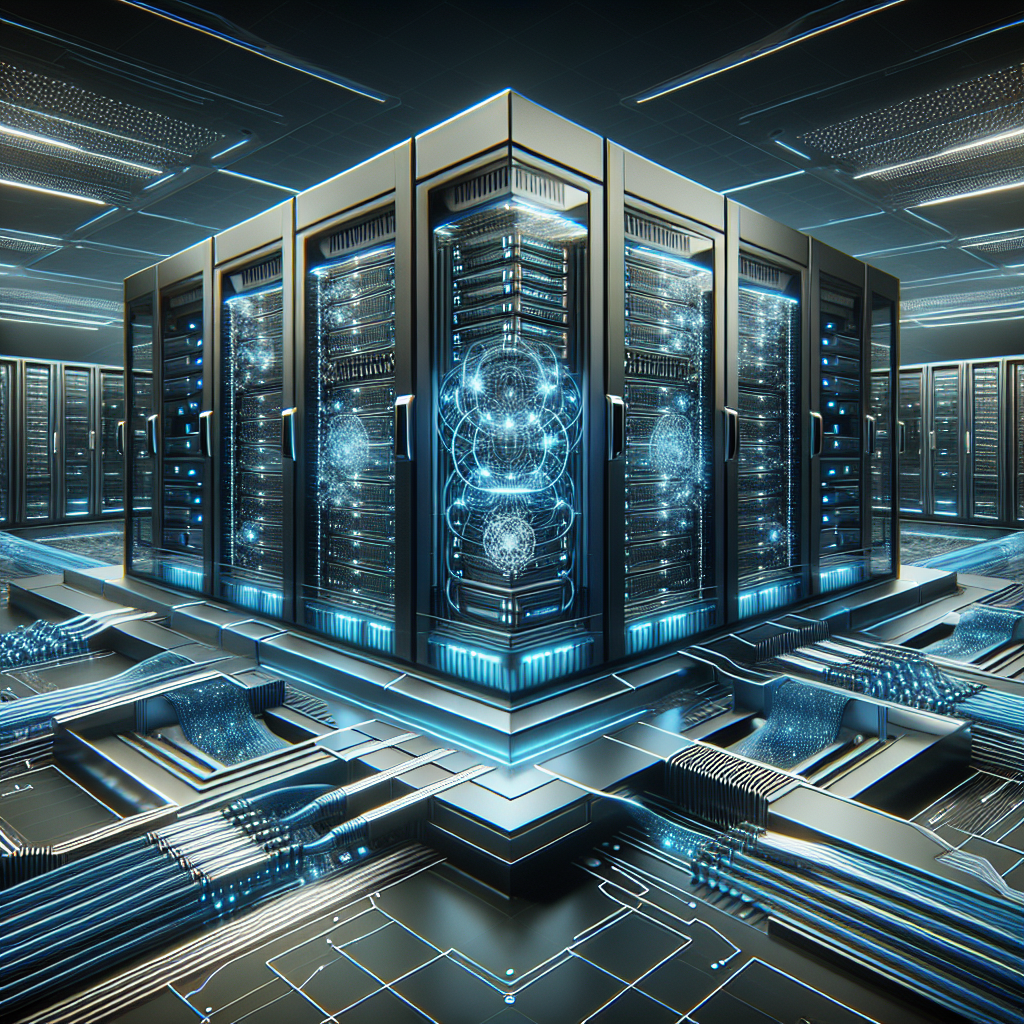As technology continues to advance at a rapid pace, it is crucial for data centers to future-proof their infrastructure in order to stay competitive and efficient. One key aspect of future-proofing a data center is investing in next-generation server technologies. These technologies are designed to improve performance, scalability, and energy efficiency, while also ensuring compatibility with emerging technologies such as artificial intelligence, machine learning, and the Internet of Things.
One of the most important trends in server technology is the shift towards microservices and containerization. Microservices allow applications to be broken down into smaller, more manageable components, which can be deployed and scaled independently. This approach increases agility and flexibility, making it easier to adapt to changing business requirements. Containerization, on the other hand, enables developers to package and deploy applications with all their dependencies, ensuring consistent performance across different environments.
Another key trend in server technology is the rise of software-defined infrastructure. This approach allows data center resources to be managed and provisioned through software, rather than relying on manual configuration. This not only improves efficiency and agility but also enables data centers to easily scale and adapt to changing workloads. Software-defined infrastructure also enables data centers to automate routine tasks, freeing up IT staff to focus on more strategic initiatives.
In addition to these trends, future-proofing a data center also involves investing in high-performance computing technologies such as solid-state drives (SSDs), high-speed networking, and advanced cooling systems. SSDs offer faster read and write speeds than traditional hard drives, improving application performance and reducing latency. High-speed networking technologies such as 10 Gigabit Ethernet and InfiniBand enable faster data transfer speeds, allowing data centers to handle increasing volumes of data more efficiently. Advanced cooling systems, such as liquid cooling and hot/cold aisle containment, help to reduce energy consumption and improve the overall efficiency of the data center.
By investing in next-generation server technologies, data centers can ensure that they are equipped to handle the demands of today’s digital economy and adapt to the challenges of tomorrow. These technologies not only improve performance and efficiency but also enable data centers to stay ahead of the curve and remain competitive in a rapidly evolving industry. Future-proofing a data center with next-generation server technologies is an essential step towards building a resilient and sustainable infrastructure that can support the needs of businesses now and in the future.


Leave a Reply